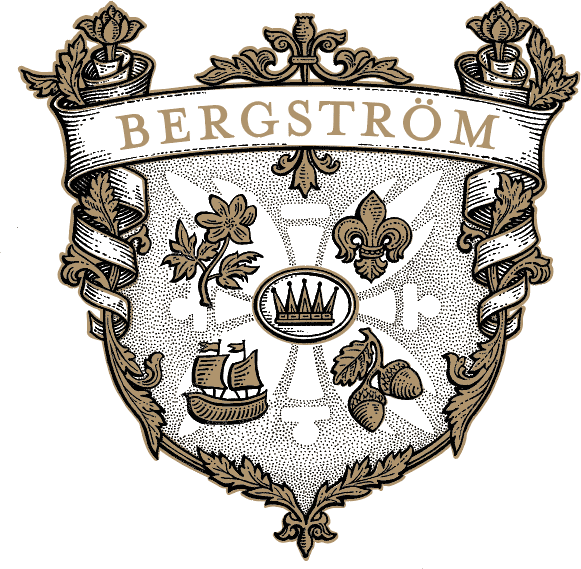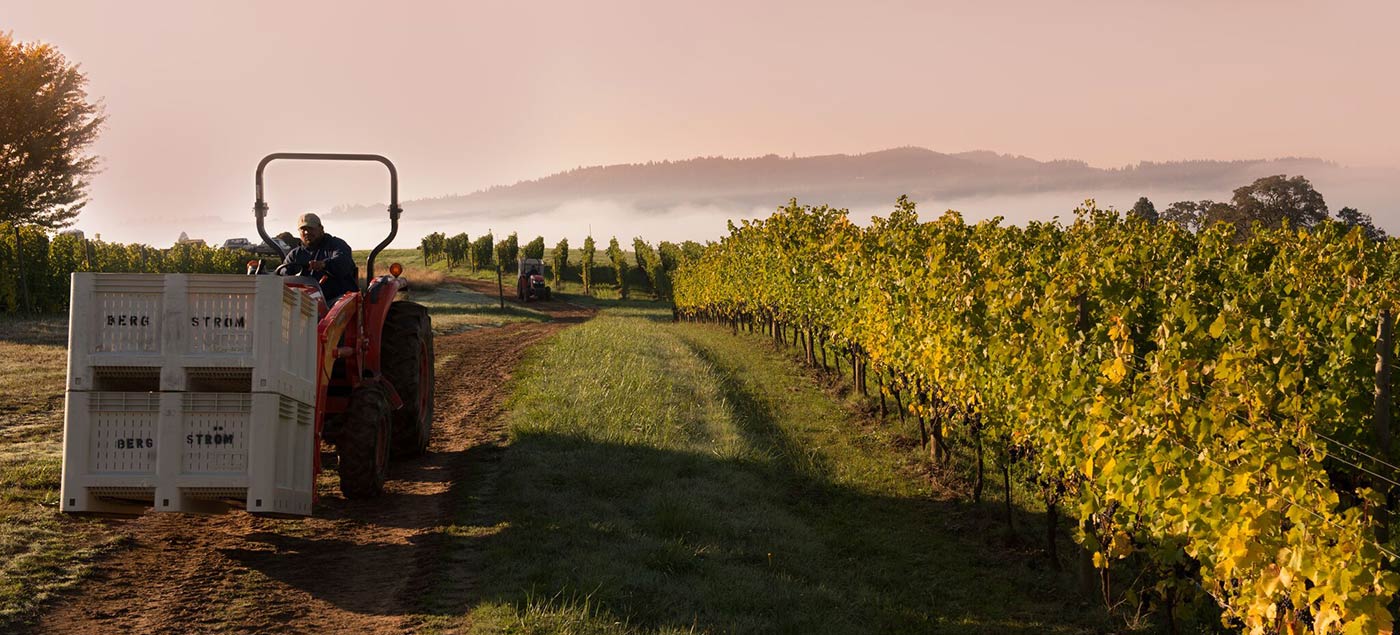 Save for our Riesling which is still hanging on the vine, harvest has come to an end. After a week of rain and cool weather the East winds have picked up again and dried things out. The forecast is for five days of sun and relatively warm weather for late October. The leaves have all turned yellow and orange so we will only get sugar development in the riesling through dehydration or botrytis (noble rot.)
Save for our Riesling which is still hanging on the vine, harvest has come to an end. After a week of rain and cool weather the East winds have picked up again and dried things out. The forecast is for five days of sun and relatively warm weather for late October. The leaves have all turned yellow and orange so we will only get sugar development in the riesling through dehydration or botrytis (noble rot.)
Fermentations have gone exceptionally well but have been curiously long. Most ferments from destemming to de-vatting have taken 24 to 27 days which is exceptionally long and quite exciting. The longer the fermentation the more complex a wine tends to be with concentrated fruit-packed characters. Colors are dark this year in the wines and most vineyard sources promise enticing finished product but it is still too soon to tell.
Now 75% of the pinot noirs are in barrel finishing off their fermentations and slowly integrating with their new French Oak barrel where they will age for the next 12 to 14 months. The Wahle Chardonnay is finishing up its fermentation after two weeks of tumultuous action while the Stoller fruit is only beginning its alcoholic fermentation. The Pinot Gris have been rather quick to ferment, while the Wahle and the Five Mountains wines are two weeks into their fermentations, other new vineyard contracts are already finished and dry after two short weeks in their barrels or tanks. We will have to monitor the others closely to ensure a balanced wine.
Overall my impression of the 2003 vintage so far is that it is a year of big fruit and soft tannins with very showy textures and colors. It may not become the greatest vintage of the decade but it will surely create wines to remember. The fun lies ahead as we taste through the barrels for the next few months to see what we have. Now only seven fermentors remain in the winery slowly bubbling away and daily we are checking their progress, occasionally pressing one out and taking the new wine to barrel. Perhaps only two weeks left of red wine fermentation and then we can prepare for the bottling of the 2002 Cumberland Reserve, Arcus, and Bergstrom Vineyard before our open house in November. In the next harvest journal we will conclude this season with preliminary tasting notes of our 2003’s, hope you’ll tune in.
October 8th 2003
The rains are finally here and it feels like fall. The mountains and hills surrounding the winery are half visible through the morning mist and fog. Jack Trenhaile, Hyland vineyard’s faithful winegrower, is on his way with our last pinot noir to be harvested this year. Tomorrow we will harvest our final pinot gris and chardonnay. With only an acre of Riesling to go, the harvest is nearing its end.
Once our fruit is safely under one roof we can turn all our attention to the fermentations that are slowly starting. This is a very crucial time. Carefully managing the temperature and extraction of each fermentation can be exhausting.
The “cap” of grape skins is pushed upward by carbon dioxide produced from the yeast’s activity and must be pushed back into the wine by hand 3 or 4 times a day to ensure a good extraction of color and body. Each tank can take 30 to 40 minutes to “punch down,” and it’s a physically draining experience.
But we are in good spirits, and it is so rewarding to be working with such great vineyard sites. As I walk among the tanks I pass Arcus, Bergström, Shea, Stoller, Broadly, De Lancelotti . . . I am impatient to taste what these wines have to offer.
The vineyards are quiet now, save for some birds feasting on unharvested clusters of fruit. Pheasant and quail run up and down the rows. As the vines send their sap supply to their roots for winter, the drained leaves turn brilliant colors. This is one of my favorite times of the year.

